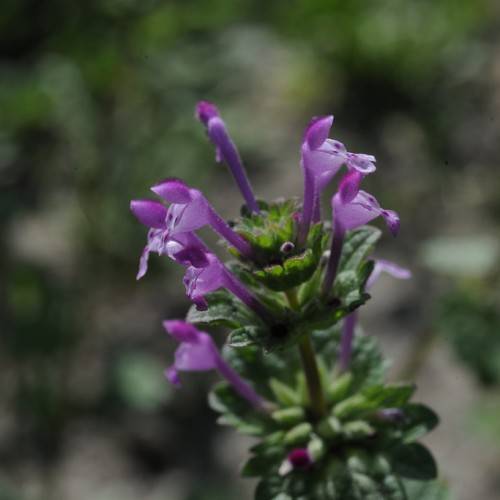
deadnettle
Lamium maculatum 'Checkin' PINK CHABLIS
Cycle:
Herbaceous Perennial
Watering:
Average
Hardiness Zone:
4 - 8
Flowers:
Flowers In Summer
Sun:
Deep shade, Filtered shade, Full sun only if soil kept moist, Part sun/part shade
Soil:
Well-drained
Fruits:
Fruits In Summer Ready In Fall
Leaf:
Yes
Growth Rate:
High
Maintenance:
Low
Drought Tolerant:
Yes
Salt Tolerant:
Yes
Care Level:
Medium
watering
Water Deadnettle (Lamium maculatum 'Checkin' PINK CHABLIS) plants when the top 1-2 inches of soil feels dry to the touch. During the growing season provide about 1 inch of water per week. In general, soak the soil and then allow it to dry out again before watering again. Reduce watering in the winter months, as these plants are dormant, and water only a couple times a month if needed.
sunlight
Deadnettle, Lamium maculatum 'Checkin' PINK CHABLIS, grows best in locations with full sun to part sun, meaning 6 to 8 hours of direct sunlight per day. It tolerates partial shade, but will bloom best in full sun. Full sun is preferable in the summer months, when temperatures are the highest, as this will help the plant grow and flourish without becoming stressed. However, in areas with extremely strong afternoon sunlight and heat, afternoon shade would provide protection from the extreme temperatures. Deadnettle can also tolerate some morning shade, and it is best to provide light shade if needed during the hottest hours of the day, around noon.
pruning
Deadnettle (Lamium maculatum 'Checkin' PINK CHABLIS) is an evergreen perennial ground cover plant that requires minimal pruning. Deadnettle should be pruned once a year during late winter or early spring to keep it dense and fresh-looking. This is the best time to prune as it allows time for the plants to rejuvenate and flower in the spring. Pruning deadnettle involves removing dead, diseased, or damaged stems and shoots as well as any stems that are too long or that are leggy. This will help to maintain the desired shape and size of the plant. Pruning should also be done to improve air circulation within the plant and to reduce any excess foliage that may be blocking sunlight. Be sure to use sharp, clean pruning shears to avoid any damage to the stems and leaves of the plant.
